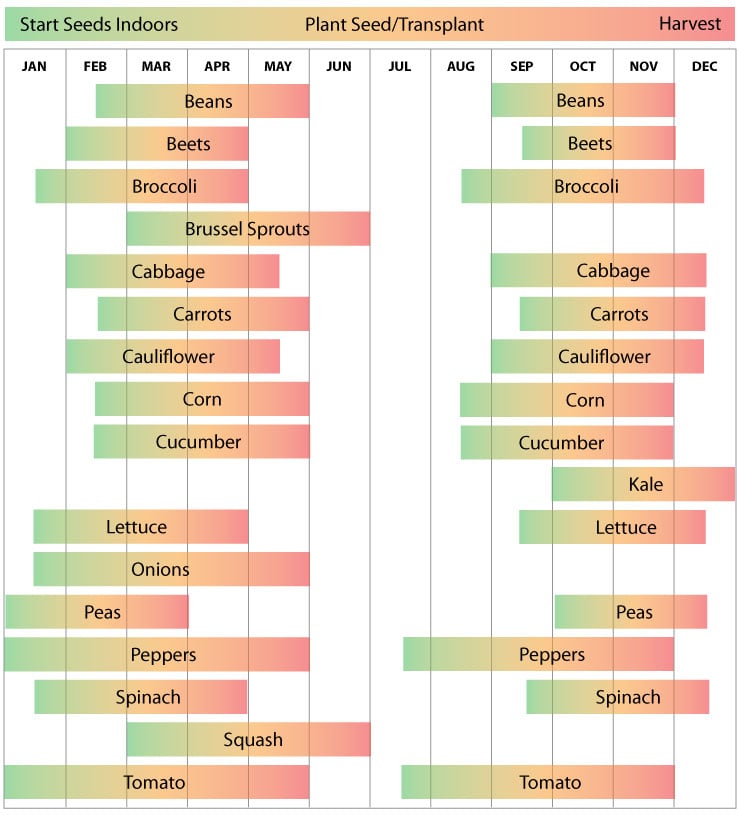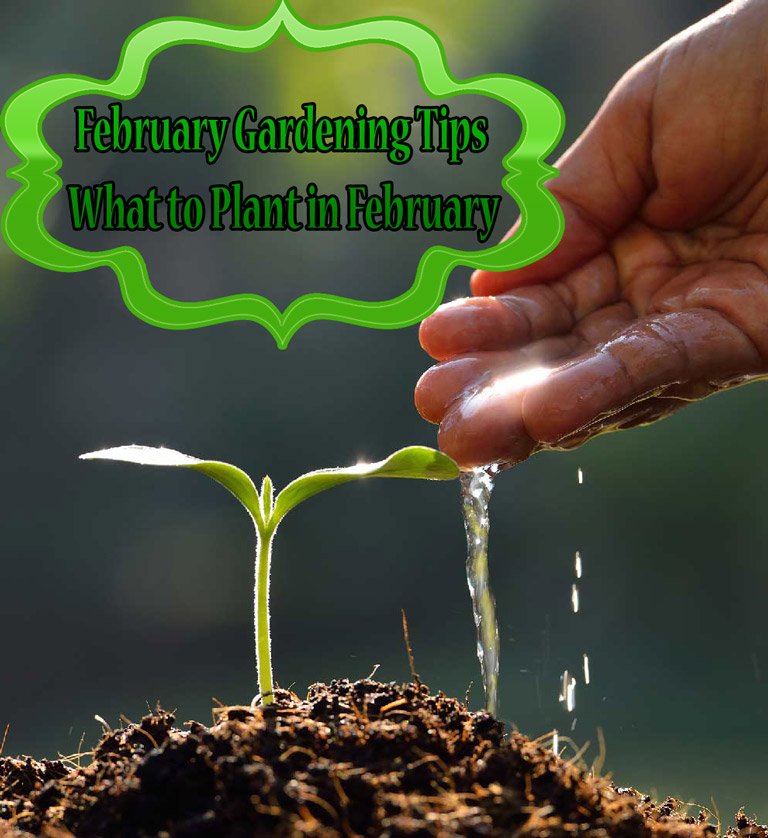Winter’s End: Preparing Your Garden for Spring
February marks a crucial transitional period in gardening, as the last wisps of winter’s chill begin to dissipate. It’s an ideal time to prepare your garden for the upcoming spring season, when the earth awakens from its slumber and new life bursts forth. During this month, the soil is still cool, and the air is crisp, making it an excellent opportunity to lay the groundwork for a successful gardening season. By understanding what can be planted in February, gardeners can get a head start on the growing season, ensuring a bountiful harvest in the months to come. By taking advantage of February’s unique conditions, gardeners can set themselves up for success, and make the most of the coming spring. Whether you’re looking to grow vegetables, fruits, or flowers, February is an ideal time to start planning and preparing your garden for the season ahead.
Choosing the Right Crops for February Planting
When it comes to selecting plants to grow in February, there are several factors to consider. Climate, soil temperature, and daylight hours are all crucial elements that can affect the success of your garden. For instance, if you live in a region with a cold climate, you’ll want to choose crops that are tolerant of frost, such as Brussels sprouts or kale. On the other hand, if you’re in a warmer region, you may be able to plant crops like lettuce or spinach. Soil temperature is also important, as some crops, like potatoes, prefer cooler soil, while others, like tomatoes, require warmer soil. Daylight hours are also a consideration, as some crops, like broccoli, require more sunlight than others. By understanding what can be planted in February and considering these factors, gardeners can make informed decisions about what to plant, and when, to ensure a successful harvest.
How to Plant Cool-Season Crops in February
February is an ideal time to plant cool-season crops, such as broccoli, kale, and spinach. These crops thrive in the cooler temperatures of early spring and can tolerate light frosts. To get started, prepare your soil by loosening it to a depth of 12 inches and adding a 2-inch layer of compost or well-rotted manure. This will help improve drainage and fertility. Next, sow your seeds 1-2 inches deep and 2-3 inches apart, depending on the variety. Water the soil gently but thoroughly, and keep the soil consistently moist during the first few weeks after planting. For broccoli and kale, consider planting in rows, with the rows spaced 2-3 feet apart. For spinach, plant in a block pattern, with the seeds spaced 2-3 inches apart. By following these steps and considering what can be planted in February, gardeners can enjoy a bountiful harvest of cool-season crops in the coming months.
February Planting for a Bountiful Spring Harvest
Planting in February can set the stage for a successful spring harvest. By getting a head start on the growing season, gardeners can enjoy a bountiful harvest of delicious and nutritious crops. Some of the best crops to plant in February include onions, garlic, and potatoes. These hardy vegetables can tolerate the cooler temperatures of early spring and can be harvested in as little as 60 days. Onions, for example, can be planted in February and will be ready to harvest in late spring, providing a flavorful addition to salads, soups, and sauces. Garlic, another popular crop, can be planted in February and will be ready to harvest in mid-summer, adding a pungent flavor to a variety of dishes. Potatoes, a staple crop in many gardens,
Regional Considerations: What to Plant in February in Your Area
When deciding what to plant in February, it’s essential to consider your region’s climate and weather patterns. Different regions have unique conditions that can affect the success of your garden. For example, gardeners in warmer climates like California or Florida can plant warm-season crops like tomatoes and peppers in February, while those in cooler climates like New York or Michigan should focus on cool-season crops like broccoli and kale. In regions with mild winters, like the Pacific Northwest, gardeners can plant a variety of crops in February, including onions, garlic, and spinach. In areas with harsh winters, like the Northeast, it’s best to wait until later in the spring to plant. By understanding what can be planted in February in your specific region, you can ensure a successful and thriving garden. Additionally, consider factors like soil temperature, daylight hours, and frost dates to determine the best plants for your area. By taking these regional considerations into account, you can create a personalized planting plan that suits your local climate and sets your garden up for success.
February Planting for a Colorful Spring Garden
While many gardeners focus on planting vegetables and fruits in February, it’s also an excellent time to add some color and vibrancy to your spring garden. Planting flowers and ornamental plants in February can provide a beautiful display of blooms in the spring, and can even attract beneficial pollinators to your garden. Some popular flowers to plant in February include pansies, violas, and daffodils. These hardy, cool-season flowers can thrive in the cooler temperatures of early spring and can add a pop of color to your garden. Additionally, planting bulbs like tulips and hyacinths in February can provide a stunning display of blooms in the spring. When deciding what to plant in February, consider the specific growing conditions of your garden, including sunlight, soil type, and moisture levels. By choosing the right flowers and ornamental plants for your garden, you can create a beautiful and thriving spring display. So, what can you plant in February to add some color to your garden? Consider planting a mix of annuals and perennials to create a dynamic and interesting display. With a little planning and preparation, you can enjoy a vibrant and beautiful spring garden.
Common Mistakes to Avoid When Planting in February
When it comes to planting in February, there are several common mistakes that gardeners can make. Avoiding these mistakes can help ensure a successful and thriving garden. One of the most common mistakes is planting too early or too late. In regions with unpredictable weather, it’s essential to wait until the soil has warmed up and the risk of frost has passed before planting. On the other hand, planting too late can result in a delayed harvest. Another mistake is not preparing the soil properly before planting. This can lead to poor germination rates and stunted growth. Additionally, failing to choose the right crops for your region’s climate and weather patterns can result in poor yields or even crop failure. When deciding what to plant in February, it’s essential to consider factors like soil temperature, daylight hours, and moisture levels. By avoiding these common mistakes, gardeners can set themselves up for success and enjoy a bountiful harvest. Some other mistakes to avoid include not providing adequate support for plants, not watering correctly, and not controlling pests and diseases. By being aware of these potential pitfalls, gardeners can take steps to avoid them and create a thriving and productive garden.
Getting a Head Start: February Planting for a Successful Gardening Season
By taking advantage of the ideal planting conditions in February, gardeners can set themselves up for a successful and productive gardening season. Whether you’re looking to grow delicious vegetables, vibrant flowers, or a combination of both, February planting can provide a strong foundation for a bountiful harvest. By avoiding common mistakes and choosing the right crops for your region and climate, you can ensure a thriving garden that will provide enjoyment and sustenance for months to come. So, what can you plant in February to get a head start on the growing season? From cool-season crops like broccoli and kale to colorful flowers like pansies and violas, the possibilities are endless. By getting started with your February planting plans, you’ll be well on your way to a successful and rewarding gardening season. Don’t wait – start planning your February garden today and reap the benefits of a head start on the growing season!





